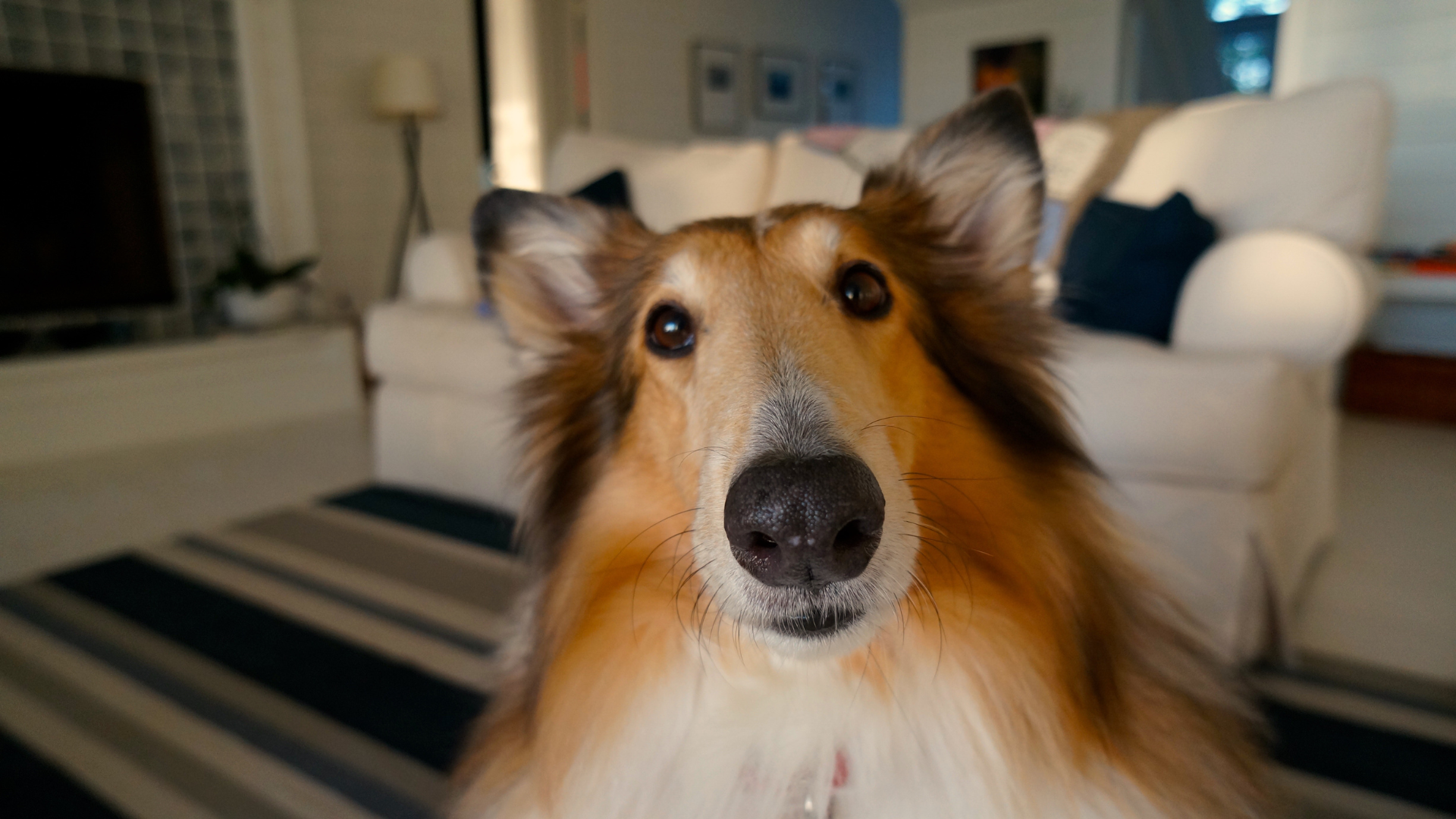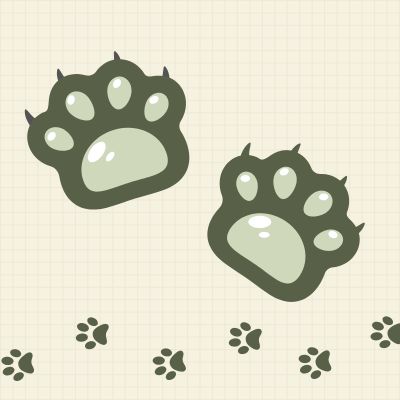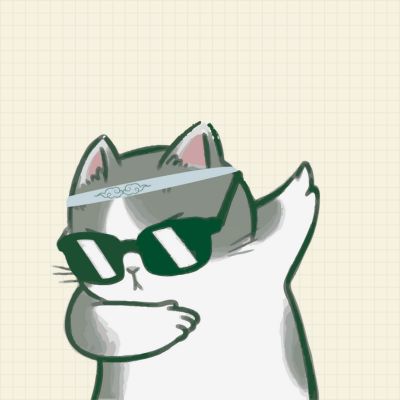
Furry Friends Forever
Learn More
Together in Harmony
Project Elements
Stray Animal Care Program
(1) How does your research and activities in this Cyberfair project contribute to your school's teaching and curriculum requirements?
This "Stray Animal Home" research project is integrated with multiple school courses, allowing us to apply what we have learned, develop problem-solving skills, enhance digital literacy, and cultivate a sense of social responsibility. These aspects greatly benefit our learning experience. Additionally, by participating in the Cyberfair, we can share this knowledge and experience with more people, maximizing the impact of education!
(2)How does this research project align with your school, district, or national curriculum guidelines?
This research project integrates interdisciplinary learning, aligning with school curricula, district educational goals, and the core competencies of the national curriculum guidelines (108 Curriculum Guidelines). It enables us to apply knowledge in practice, enhance problem-solving skills, strengthen social responsibility, and develop key abilities such as self-directed learning, technological application, and teamwork. This approach not only makes classroom knowledge more practical but also lays a solid foundation for our future learning and development.
(3)What skills have you learned?
Through this research project, we have not only learned academic research and analytical skills but also developed teamwork, digital application, public speaking, and social engagement abilities. These skills can be applied not only in school courses but also provide significant benefits for future learning and career development!
(4) What team collaboration concepts and methods have you practiced or implemented?
Through this research project, we not only learned the core concepts of teamwork but also implemented many practical methods, such as effective task distribution, regular communication, problem-solving, democratic decision-making, and outcome reflection. These experiences not only helped us successfully complete the project but also enhanced our teamwork skills for future studies and careers!
(5)How does this research project align with the needs of your school or class?
This research project not only aligns with our school's curriculum goals and learning needs but also helps us enhance cross-disciplinary learning, problem-solving, teamwork, and social engagement skills. Our research can also assist the school in promoting social responsibility education, encouraging more teachers and students to care about stray animal issues, and truly applying what we have learned to give back to society!
(6)What role does your school play in the local community?
Our school is not only a place for learning knowledge, but also an important promoter of local education, public welfare actions, environmental advocacy, and cultural heritage. Through the efforts of the school, students are able to not only learn textbook knowledge but also engage in social participation, making a positive impact on the local community and truly embodying the concept of "starting from school, giving back to society."
(7) What impact and influence has the research project had on us?
This "Stray Animal Home" research project has impacted us far beyond just academic learning. It has helped us deepen our understanding of the stray animal issue and recognize the severity of the problem. We have learned to approach social issues with rational analysis rather than mere emotional sympathy. It has also helped us cultivate teamwork and problem-solving skills while enhancing our academic and data analysis abilities. We have shifted from concern to action, increasing our sense of social responsibility and willingness to take concrete actions to help animals. This was not just an academic research project, but a journey of growth, making us more responsible and action-driven citizens.
(8) How did other members of the community assist or volunteer in our research project?
Through this research project, we deeply realized the power of the local community. The support from everyone made our research more complete and our actions more impactful: government agencies provided policy data and opportunities for on-site interviews, helping us better understand animal protection policies; animal welfare organizations and shelters provided front-line experience, teaching us how to genuinely help stray animals; community residents and pet owners participated in surveys and donations, increasing awareness of the stray animal issue within the community; teachers and students from the school offered academic and technical support, making our research more professional and persuasive; local businesses and enterprises provided resources and venues, helping make our promotional and fundraising events more successful. This research showed us that when community members unite and care for social issues together, they can create a greater impact! Through this project, we gained not only knowledge about stray animals but also many valuable learning experiences: We learned how to approach problems from multiple perspectives, no longer relying solely on emotional sympathy when addressing animal issues, but using data and scientific methods for analysis. We learned the importance of teamwork, how to effectively divide tasks and solve problems, improving research efficiency. We discovered that knowledge is just the beginning; true impact comes from action, and everyone's small efforts can change the world!
Words of Reflection:
This web project competition has truly been a fulfilling experience. Under the guidance of teacher Zhang Jialan, we spent our after-school time traveling to a stray animal shelter in Neili. Although we couldn't conduct an in-depth interview due to communication gaps, we chatted with the volunteers on-site and gained a basic understanding of their daily work in caring for stray animals. This experience not only gave us an initial understanding of stray animal care but also taught us how to organize data, create websites, and, throughout the process, experience the importance of teamwork, mutual help, and tolerance. Even when facing some difficulties and small setbacks, we remained united, worked hard to overcome the challenges, and gained valuable growth. In the end, whether we win the competition or not is no longer the most important thing. What matters is the process and the experiences we've learned. Through this competition, we hope to spread the concept of stray animal protection to more places, encouraging more people to pay attention to and participate in such meaningful activities. Once again, we thank our teacher for the patient guidance and each member of our team for their efforts. It is only through our collective effort that this project has been successfully completed.






